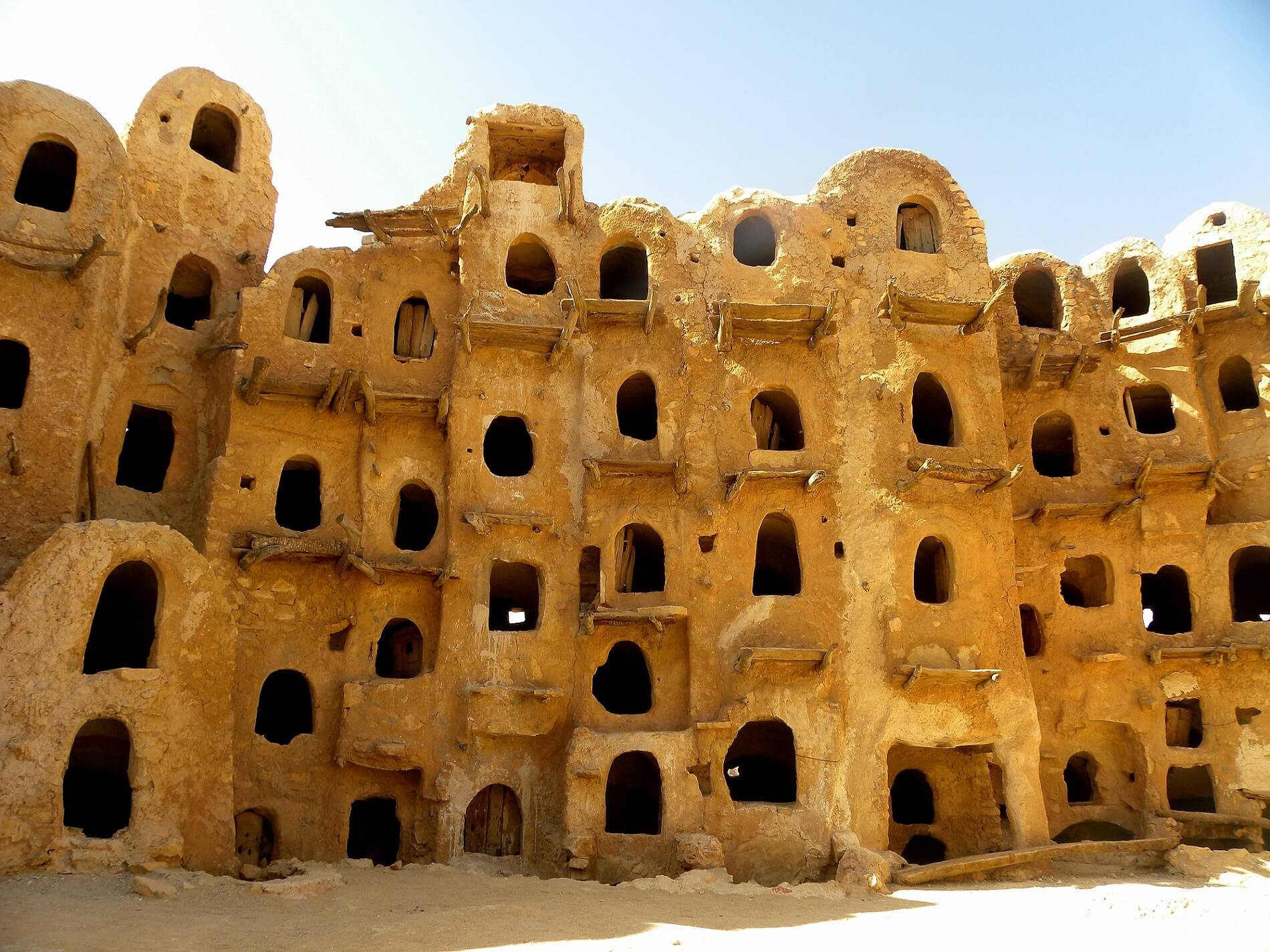During the second half of last week, UN-backed negotiations between Libya’s two main national blocs resumed in Morocco, precisely in Skhirat near the country’s capital city Rabat. For the second time in a row, negotiations’ meetings saw the participation of representatives from both the House of Representatives (HoR) and the General National Congress (GNC). According to reports and sources, participants discussed criteria for identifying potential candidates to be appointed in a new national unity government, but no names or rumours have surfaced for the post of Prime Minister. Both sides agreed that the cabinet should prioritise issues of security and internal stability in cooperation with the country’s outside partners. As of Sunday 8 March, representatives form both the GNC and HoR agreed to return to their constituencies to report on discussions made in Morocco before talks resume next week, either in Skhirat or in an undisclosed location in Algeria.
In the midst of this round of negotiations, UNSMIL Chief Bernardino Leon publicly encouraged the imposition of an EU-led naval blockade of Libya in order to stop weapons smuggling as well as to prevent the illegal sale of Libya’s oil. When asked about it, Federica Mogherini, the EU High Representative for Foreign Affairs, welcomed the idea. However, Mogherini also confirmed that the formation of an inclusive national unity government is a pre-requisite for any concrete discussion around the idea of sending an EU monitoring mission to protect Libya’s key infrastructure and internal stability. The provision of any other non-humanitarian help, as well as a discussion around the lifting of the weapons embargo, would be subjected to the same conditions.
Furthermore, referring to last week’s meetings, Bernardino Leon stressed that both the Tobruk-based and Tripoli-based blocs appear imbued by a renewed sense of urgency. It is reasonable to expect that a good part of this is due to the sweeping rise of Islamic State-linked groups inside Libya and particularly in Sirte’s area. As a matter of fact, Sirte and its surrounding region continue to be marred by increasing levels of lawlessness and to represent one of the hotbeds for radical Islamist groups in the country, alongside Benghazi, Derna and Tripoli. Troops belonging to Libya’s Army 166th Brigade, affiliated with the Tripoli-based government, are currently stationed on the outskirts of Sirte, but no military assault on the city appears to be imminent. On the contrary, and in an explicit attempt to avoid the ‘mistakes made by Haftar in Benghazi’, tribal negotiations continued throughout the past weeks, bringing together representatives from Sirte and Misrata in a bid to resolve the stalemate in Sirte without shedding blood and transforming the city into a battlefield.
A recent article by Nancy Porsia on Deutsche Welle makes for an extremely interesting read, documenting Ansar al-Shari’a’s rise in Sirte and the new approached taken by IS members in town:
"Everyone loves Ansar al-Sharia in Sirte, because it was the only force since the end of the former regime to ensure security in the city," a resident told DW. The Islamists replaced the local administrative system about three years ago, attracting hundreds of men of different tribes to Sirte. The members of minor tribes joined Ansar seeking protection from of the more powerful tribes. But the death of the head of Ansar, Ahmed Attir, in early 2014 left a vacuum that opened the door to IS. Since the arrival of IS in the city, police have disappeared from the streets, and all but three Salafist mosques have been giving sermons that perpetuate the rhetoric of religious hatred from Iraq and Syria, inciting jihad.
[…]
But the slaughterers are invisible on the streets. IS foreign fighters stay behind closed doors, whereas IS's local followers move around in plainclothes, explains a local, who declines to give his identity for security reasons. There is no show of military force here. The pickup truck laden with heavy artillery seen in a video of IS parading though the city, seems to have evaporated.
But the growth of the IS in Libya did not stop to the city of Sirte. Throughout the whole of last week, in fact, militants based in Sirte’s countryside and presumed to be linked to the IS carried out a number of attacks on oil fields under control of the Petroleum Facilities Guard, killing several guards and deliberately inflicting significant damage to the oil fields infrastructure. On Tuesday 3 March, militants attacked and damaged the oil fields of Mabruk and Bahi, which had already been assaulted in the month of February, as well as that of Dahra. Furthermore, another attack was carried out on Friday 6 March on the oil field in Ghani. During this last operation, militants reportedly kidnapped up to 9 foreign workers, including an Austrian, a Czech and various African, Filipino and Bangladeshi citizens. As a consequence of these attacks, Libya’s NOC declared force majeure over 11 oil fields in the Sirte oil basin.
It is evident by now that Jihadist militants active in Libya have identified oil-related infrastructure as a key target for their destabilising strategy aimed at weakening and delegitimising all other actors on the Libyan stage. If anything, in the coming months, further attacks on oil-related infrastructure and workers should be expected, not only in Sirte and its surrounding region, but also in the ‘Oil Crescent’ region, as well as in areas with a low-density population throughout eastern, western and southern Libya. Hopefully, the fact that members of IS Libyan cells appeared on the Libyan scene by slaughtering 21 Egyptian Copts and by threatening all other parties active in the country will encourage both sides in coming to a compromise soon. Or at least, before prolonged fighting just ends up benefiting radical Jihadists groups currently active and, most worringly, possibly laying low in the country,waiting for the best moment to strike and take control of large swaths of territory.

